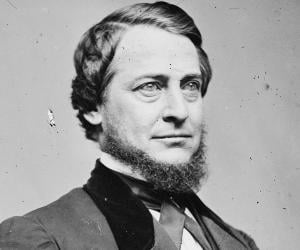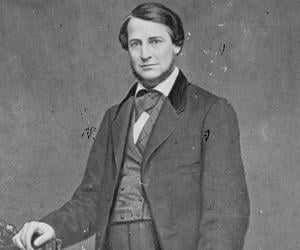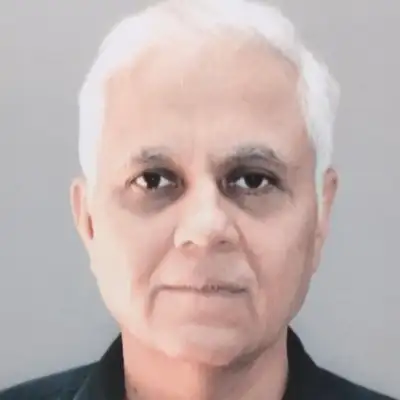Born In: New Lisbon, Ohio
Clement Vallandigham
(Politician)
Clement Vallandigham was a 19th century American politician and lawyer. As the leader of a faction called ‘Copperhead,’ which constituted anti-war democrats, Vallandigham played an important role in the ‘American Civil War’ (1861-1865). After serving a couple of terms in the ‘U.S. House of Representatives,’ he ran for governor while staying in Canada, as he had been exiled from his country. Apart from opposing the ‘Civil War,’ Vallandigham also voted against the revoking of ‘Black Laws.’ For his stand against the ‘American Civil War,’ he was arrested by the Government of the United States on May 5, 1863. He was then expelled from American, and forced to move to Canada. It was from Canada that he contested for the position of the governor of Ohio. Spending his life in an age when many things were fast evolving, Vallandigham’s life was completely dramatic, and his death was even more dramatic. Vallandigham shot himself accidentally while trying to prove his point in a murder case, which involved his defendant Thomas McGehan. Vallandigham's deportation had inspired author Edward Everett Hale to write a short story titled ‘The Man without a Country.’ Vallandigham was also mentioned in a couple of other novels as well.
Political Leaders #2241
Leaders #2861
1
2










